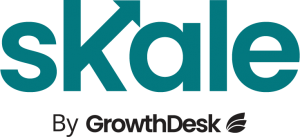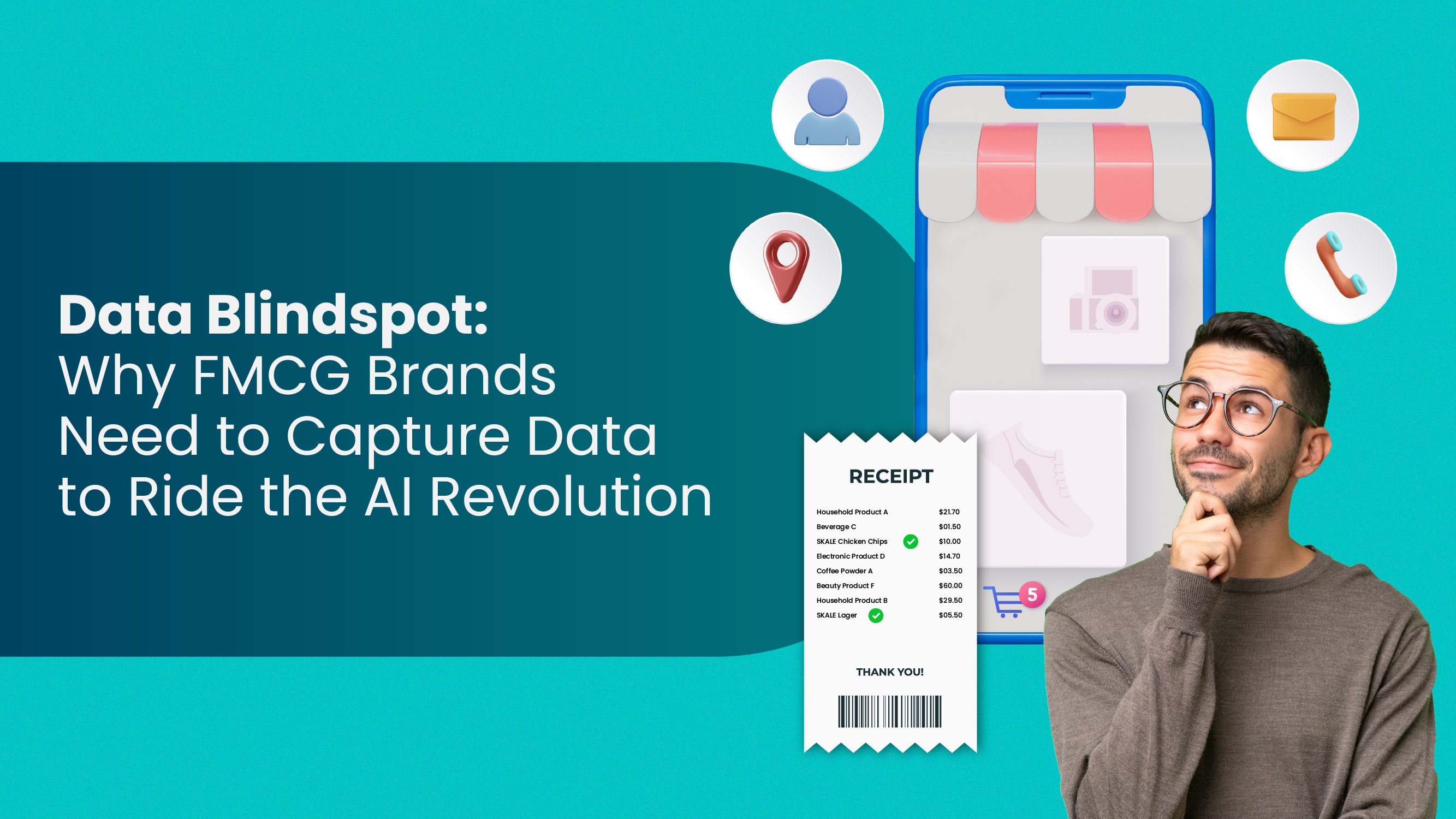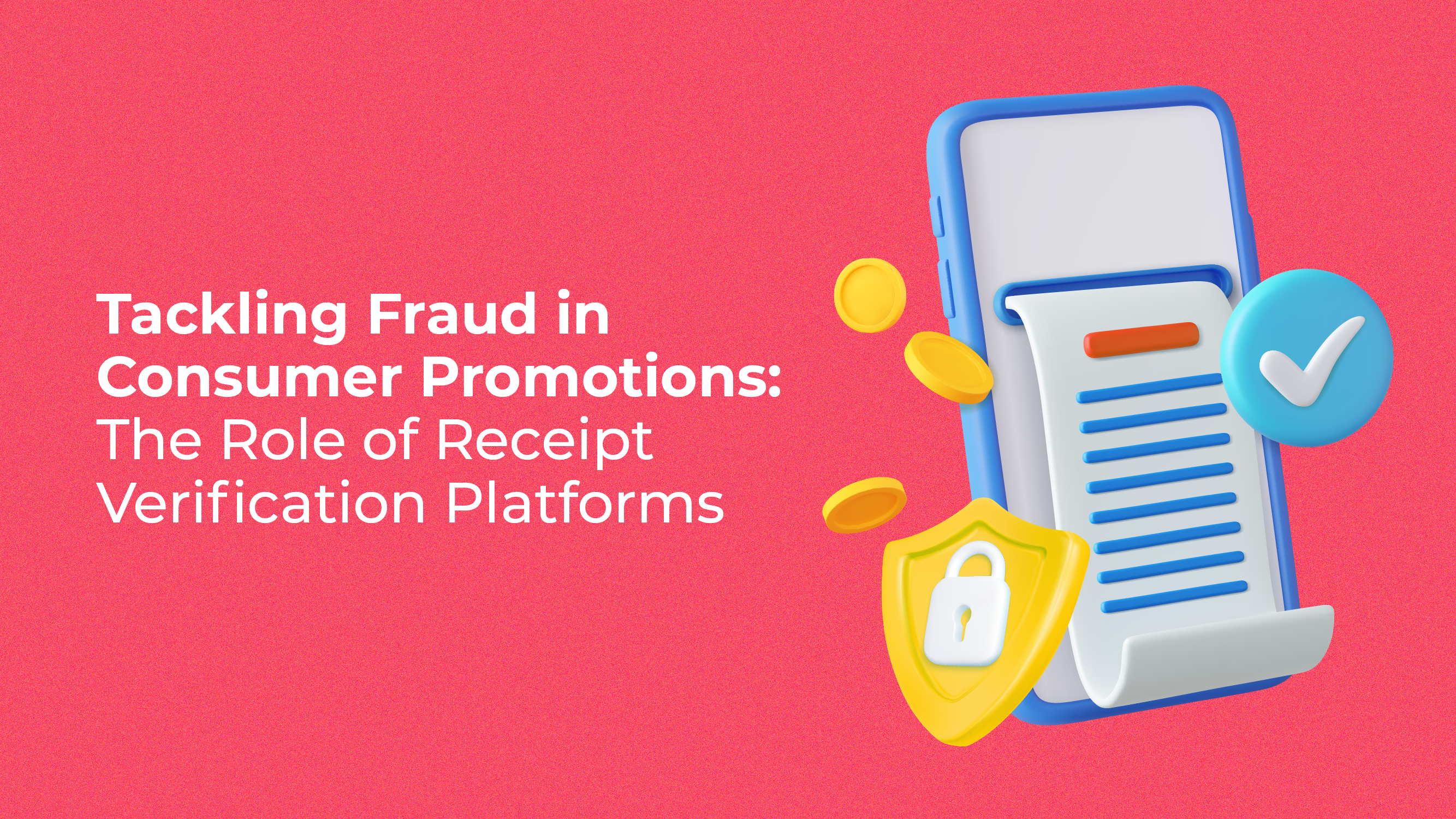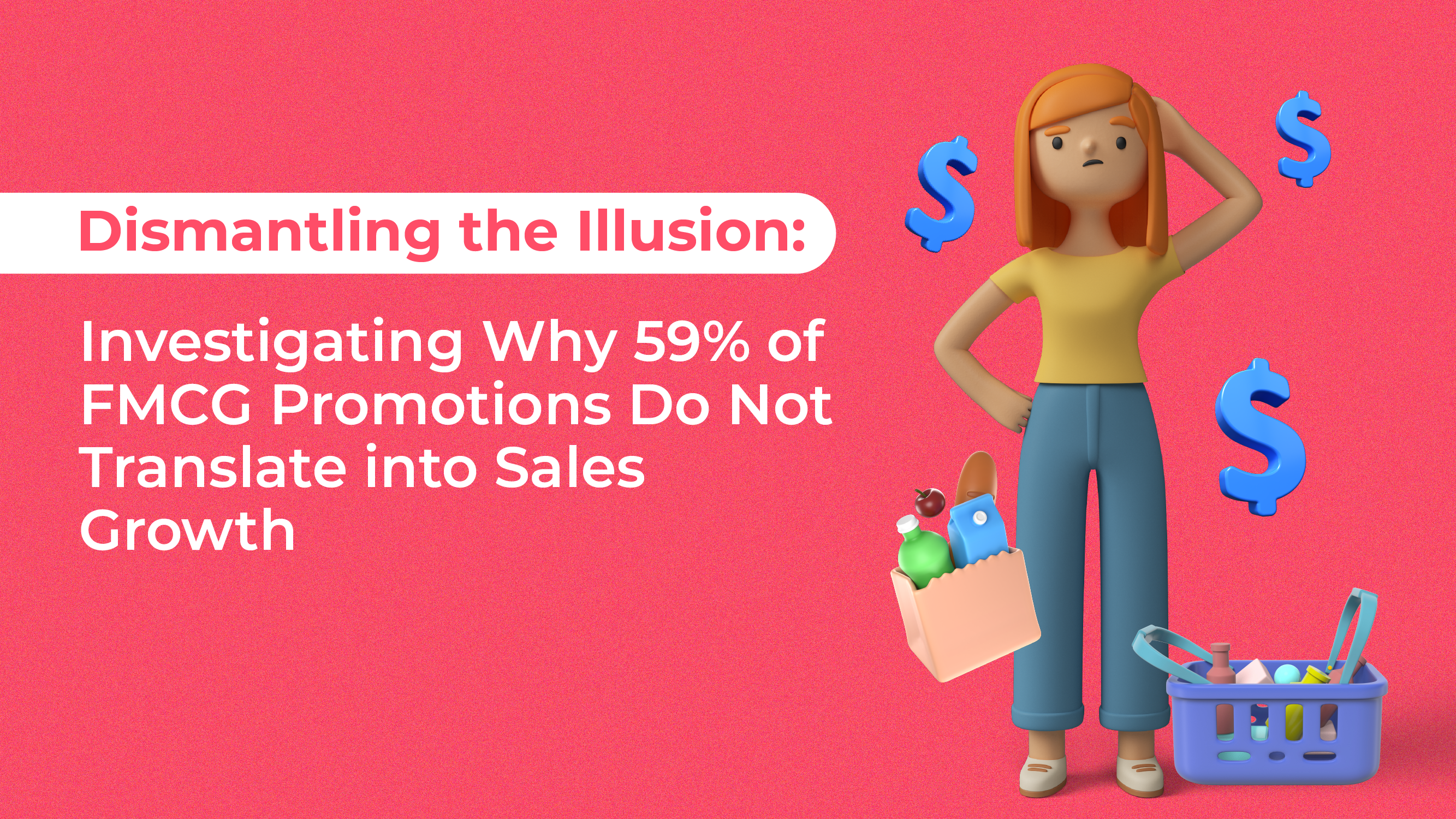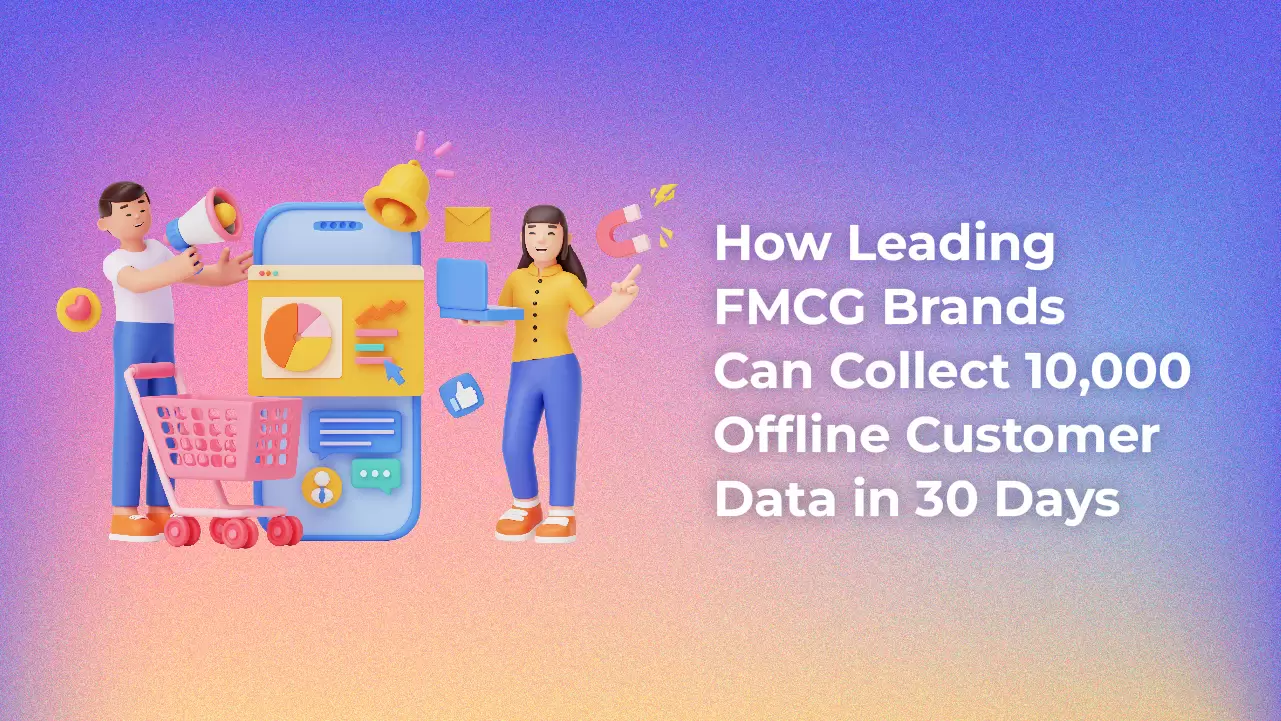In today’s world, it’s hard to ignore the influence of technology, so much so when it’s prevalent in our daily lives and instrumental in how we communicate and connect. In fact, technology has been responsible for automating menial tasks, allowing humans to shift focus to more important aspects.
In the F&B industry, technology has been an integral part of how restaurants operate. From the cash register to the kitchen, innovators are constantly introducing new digital solutions to easing the operations of a restaurant, and even more profitable.
Below are seven technologies that every restaurant should incorporate into their business.
1. Bluetooth temperature sensors
It’s no secret that HACCP (food safety) checklists are a pain. That’s why many restaurants have started utilizing Bluetooth temperature monitoring systems to ensure their food and equipment are up to par.
Using handheld probes and fixed sensors, restaurants can manually or automatically measure the temperatures of their key assets in as little as four seconds. Managers can program customized limits for each food and equipment and be alerted if any temperatures are beyond their acceptable threshold.
These Bluetooth sensors can also wirelessly record temperature readings in a HACCP log so that employees do not have to. This prevents staff from falsifying daily reports and simply eliminates paper logs altogether. Wireless temperature systems ultimately take a proactive approach to food safety, helping restaurants to avoid product loss and most importantly protect customer safety.
[restrict]
2. Optimized schedule makers/scheduling software
Restaurateurs know all too well how difficult scheduling can be. Luckily, there is now software to help them get the job done. In just seconds, managers can generate and distribute a digital weekly schedule to all employees. Shift times and positions are optimized according to historical staffing patterns and forecast sales levels to avoid over- or under-staffing.
These schedules also account for employee availability, time off requests, and shift swaps– all which are done directly through the app. This technology is even capable of monitoring sales and staffing budgets to reduce overtime and ensure profitability.
In fact, restaurants using scheduling software have seen up to a 2% reduction in labour costs. Thanks to scheduling software, getting the right people in the right place at the right time just got a whole lot easier.
3. Virtual reality onboarding
VR and HR come together to create the newest trend for employee management: Virtual reality onboarding. Using a headset and customized software, new hires can engage in a truly unique experience, without the risks and cost of a normal training session.
They can take a 360-degree tour of the facility, watch other employees in action, and test their skills in simulation games. With VR onboarding, trainees don’t have to touch the food or even be in the restaurant to learn how to do their job. There is less pressure on them to avoid mistakes and managers have more time for their other responsibilities.
4. Digital inventory tracking
The pen-and-paper method is a thing of the past now that digital inventory tracking has made its way into the restaurant business. Many restaurants are switching over to an electronic inventory system as it provides them better visibility of their main assets.
Through a mobile device, restaurant employees are able to directly submit and view inventory counts for greater efficiency and accuracy. Managers can also set up customized counting schedules for each product in inventory. Having the flexibility to adjust frequency and timing allows them to keep a closer eye on high ticket items.
Not only does this software keep track of actual product counts, but it also monitors theoretical inventory levels. Using recipe and POS data, this tracker can calculate how much inventory a restaurant should have on-hand based on the items sold. A comparison of the two counts can alert managers to discrepancies from over-portioning, waste, and theft so that they can be resolved immediately.
5. Automated purchasing tool
One of the biggest mistakes a restaurant can make is not having enough food to serve. Save yourself the headache and let an automated purchasing system do the work for you. Linked directly to your inventory system, this digital tool helps managers stay on top of stock by alerting them to low product levels. This technology suggests intelligent purchasing recommendations based on vendor product lead times, forecasted sales quantities, and custom par levels.
Managers can also enable automatic orders to placed whenever inventory reaches a certain threshold. The entire purchasing process can be managed through the app– from approving suggested orders to verifying invoices and even comparing vendor bid prices. With so much going on in a restaurant, it helps to have a purchasing software to keep an eye on inventory.
6. Kiosks/tabletop tablets
Say goodbye to cash registers and hello to kiosks, the newest in point-of-sale technology. You might have already seen a few of these free-standing screens at your local restaurant chain, and if you did, you probably noticed the dramatic difference it made to the ordering process.
At these kiosks, customers are able to browse the menu, create customized orders, and pay for their meal entirely on their own. This, along with suggestions for upsells and cross-sells, encourages diners to order more. Having kiosks to handle the transactions allows employees to focus their efforts on back-of-house operations and customer service, rather than having their efforts divided.
There is talk of developing these devices further to incorporate recognition technology, which will allow the system to suggest orders and payment type according to a customer’s visual and verbal signals. Until then, the current kiosks will continue to increase a restaurant’s efficiency and profitability.
7. Digital table/reservation manager
Long wait times are a major source of diner dissatisfaction at restaurants. Keep both your customers and hosts happy with a digital table manager. This software does everything from booking reservations directly with customers to suggesting optimal seating arrangements based on time and party size.
Restaurants can also give customers accurate wait time estimates and notify them via text when a table is ready for a more pleasurable waiting experience. Waiters are also equipped with key information provided through the reservation and dining history such as favorite dishes and important dates like birthdays and anniversaries.
The wait staff is also able to update customers on the status of their food at any point throughout the cooking process. A digital reservation manager is the secret to getting customers off on the right foot from the moment the step into the restaurant.
Actionable Takeaway.
Over the years, technology has become the key ingredient for success in the modern food service industry. Simply having good food is not enough to keep a restaurant in business as it is the newest innovations that give restaurants the much-needed edge over the competition. Although these technologies come at a cost, the results that restaurants see in their business is well worth the investment.
[/restrict]
